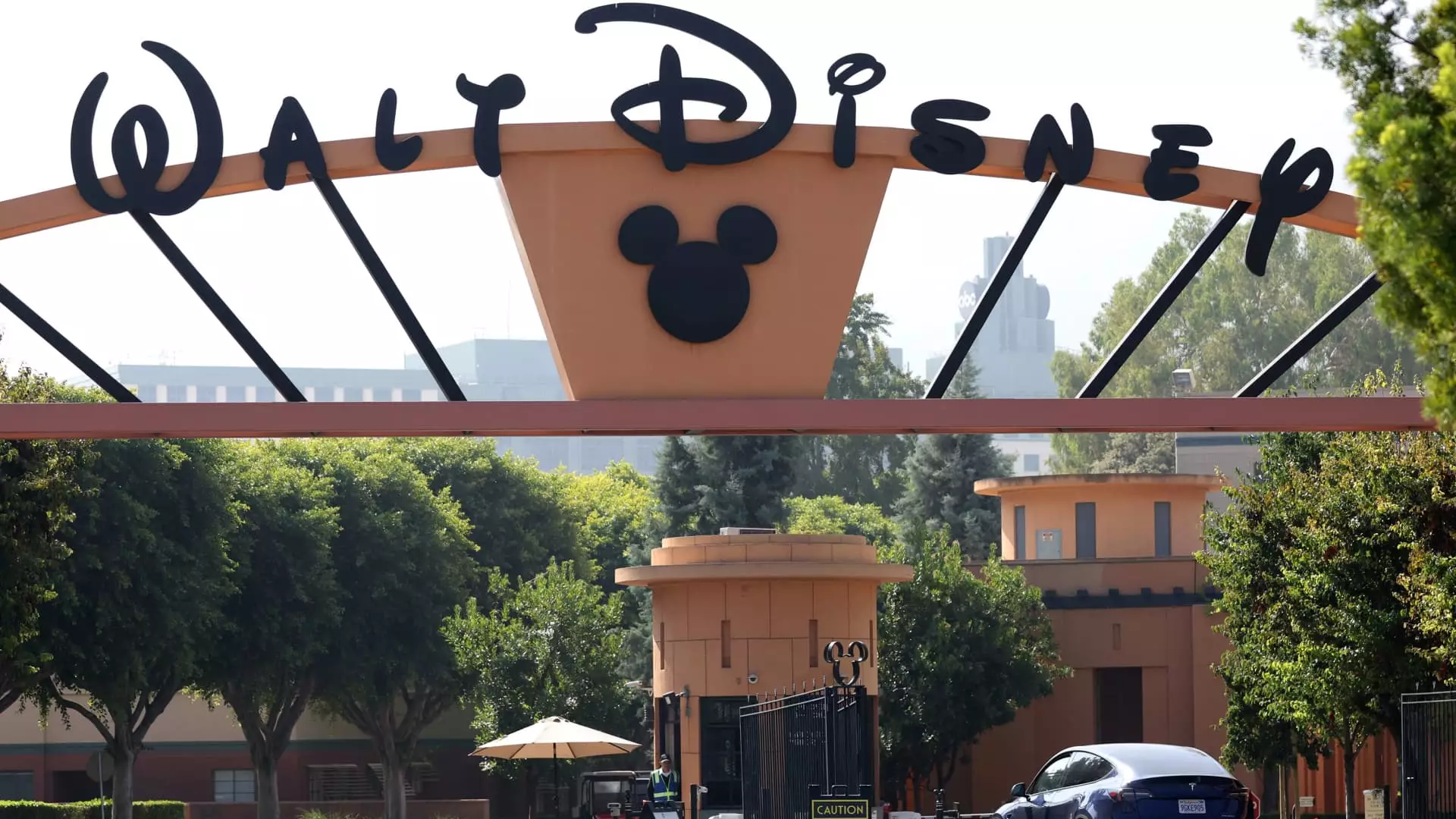In a move that has sent ripples through the media landscape, the Federal Communications Commission (FCC) has initiated an investigation into the Walt Disney Company’s approach to diversity, equity, and inclusion (DEI). This decision raises serious questions about what it means to promote inclusivity and whether these efforts are genuine or simply a façade masking deeper systemic issues. The irony is palpable: a corporation that once epitomized the family-friendly ethos is now perched precariously under the spotlight of regulatory scrutiny.
More Than Just a Strategic Shift
For decades, Disney has positioned itself as a pioneer in entertainment, celebrated not just for its box office hits but for its cultural impact. Yet, FCC Chairman Brendan Carr’s recent proclamation that “something changed” in Disney’s corporate ethos invites a deeper exploration. Was the transition into a more diverse and inclusive platform born out of a moral obligation or a calculated business maneuver? Critics argue that these initiatives often appear to be superficial, aimed more at appeasing social pressures than fostering a truly equitable workplace.
The inquiry was prompted by an executive order under former President Donald Trump, aiming to clamp down on what the administration deemed as “invidious forms of DEI discrimination.” This constitutes a dangerous conflation: the genuine aspiration for equity could be reduced to a mere item on a regulatory checklist. As corporations face public backlash, they tend to implement DEI strategies less out of genuine commitment and more as a brand-repair tool. Disney is not alone in this; other giants like Comcast are being scrutinized for similar reasons.
The Dangerous Precedent
The FCC’s investigation sends a chilling message to corporations across America: prioritizing diversity could lead to increased regulatory oversight. While it’s important for regulatory bodies like the FCC to monitor equity practices, the chilling effect of potential investigations might deter companies from pursuing meaningful change. This balancing act puts corporations in a precarious position where the fear of backlash stifles genuine cultural shifts.
Disney’s situation exemplifies a broader societal challenge: how can organizations create an authentic, inclusive culture in the face of political and regulatory disapproval? The ultimate irony lies in the fact that initiatives intended to heal and unite can become fodder for partisan conflict, creating a no-win scenario for corporations.
A Call for Genuine Inclusivity
As Disney navigates this turbulent phase, it must seize the opportunity to reevaluate its DEI policies not just as a response to governmental forces but as an inherent aspiration. True inclusivity is not achieved through compliance but through a commitment to understanding diverse perspectives and challenges. Disney needs to remember that it is positioning itself as a cultural leader, and leadership demands a genuine investment in all voices—especially those that have been historically marginalized.
Ultimately, the scrutiny from the FCC could serve as a crucial turning point for Disney. This moment should not be about survival in the face of bureaucratic pressure; instead, it should ignite a movement toward authentic representation and inclusion within every facet of the company. Given its storied history, Disney has the potential to redefine what it means to be an industry leader in inclusivity, moving beyond the superficial to make substantive changes that could resonate for generations to come.

